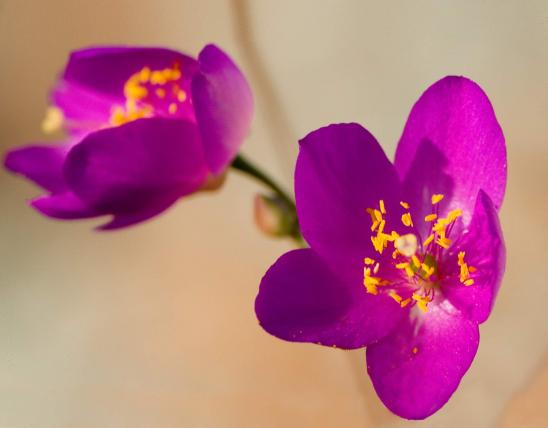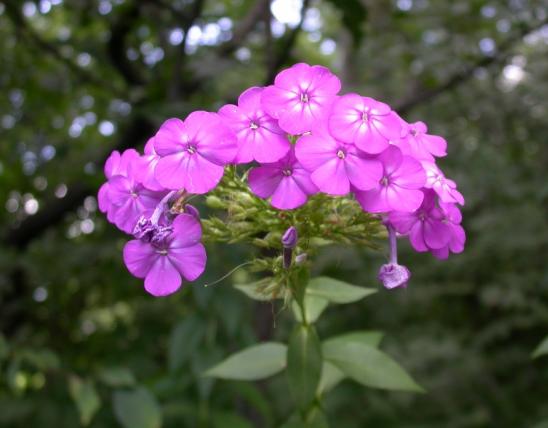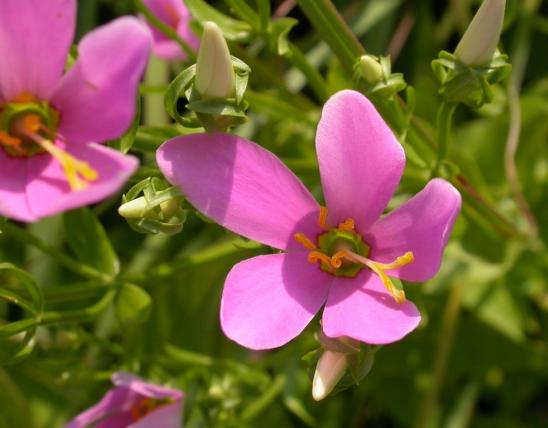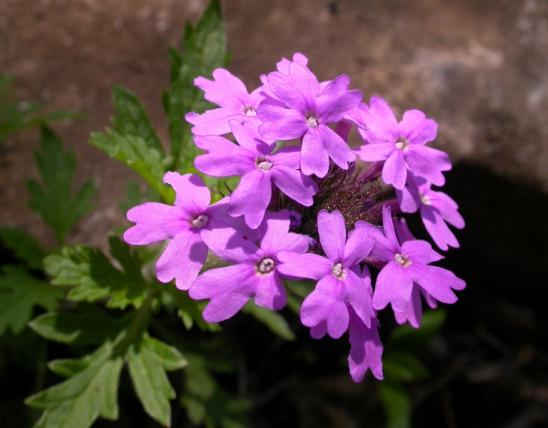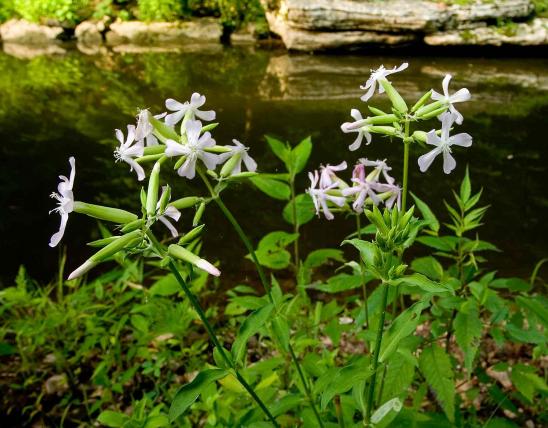
Deptford pink is a stiffly erect annual or biennial with slender stems. Flowers in small groups (cymes), subtended by long, linear bracts and a green calyx; corolla lobes 5, fringed at the tip, pinkish or purplish red with white dots (rarely all white). Blooms May–October. Leaves very narrow, linear, to 3 inches long, opposite and hairy.
Similar species: There are four Dianthus species recorded for our state. All of them are native to Europe or western Asia, and all but Deptford pink are rather uncommon and would most likely be encountered only as escapes from cultivation. Carnations are in this same genus.
Height: to 20 inches.

Statewide.
Habitat and Conservation
Occurs in fields, pastures, prairies, waste places, and roadsides. Often grows in large colonies in abandoned fields. A native of Europe, it was probably first introduced to North America as a garden ornamental, although today is rarely cultivated. Several other Dianthus species are popular for gardening.
Human Connections
How about this: Although the flowers of many pinks are pink, it is the characteristic "pinked" petals (zigzag-edged, as if cut by a pinking shears) that gave them their name; the flowers, in turn, inspired the word pink as a color name.
Deptford, now a part of London, is where a 1633 botanical book claimed this species grew. However, since that tome said it was a "creeping pink" with leaves lying "flat upon the ground," it seems a different species had been observed. Other languages use different common names.
Ecosystem Connections
Whether on purpose or by accident, people have moved plants across the globe. In some cases, these introduced plants escape and can become classified as naturalized, which means they grow and reproduce on their own, out of cultivation. Not all naturalized plants are invasive, and a plant that is invasive in some regions may not be invasive in others.


























